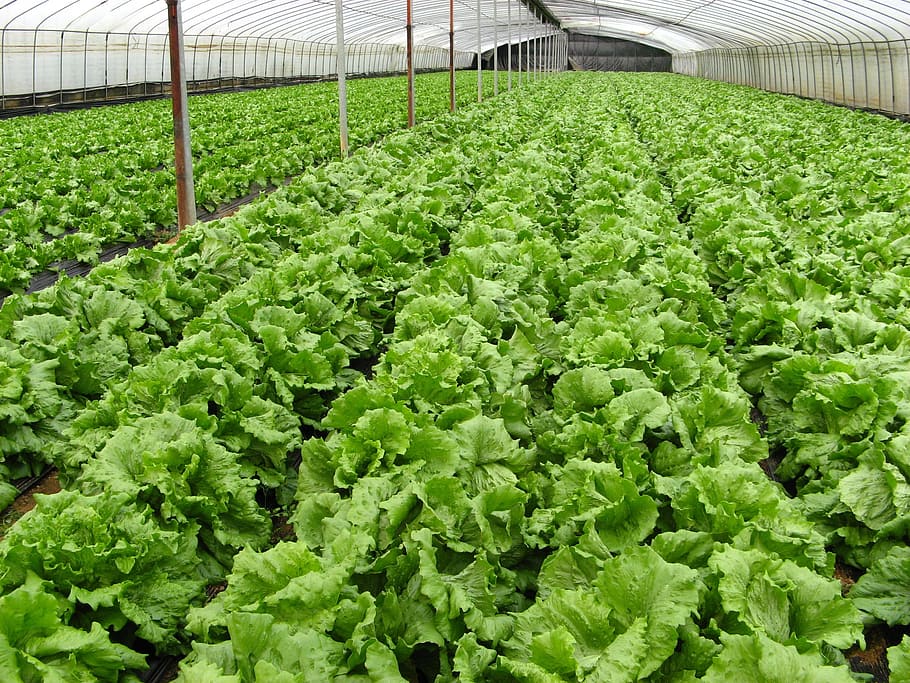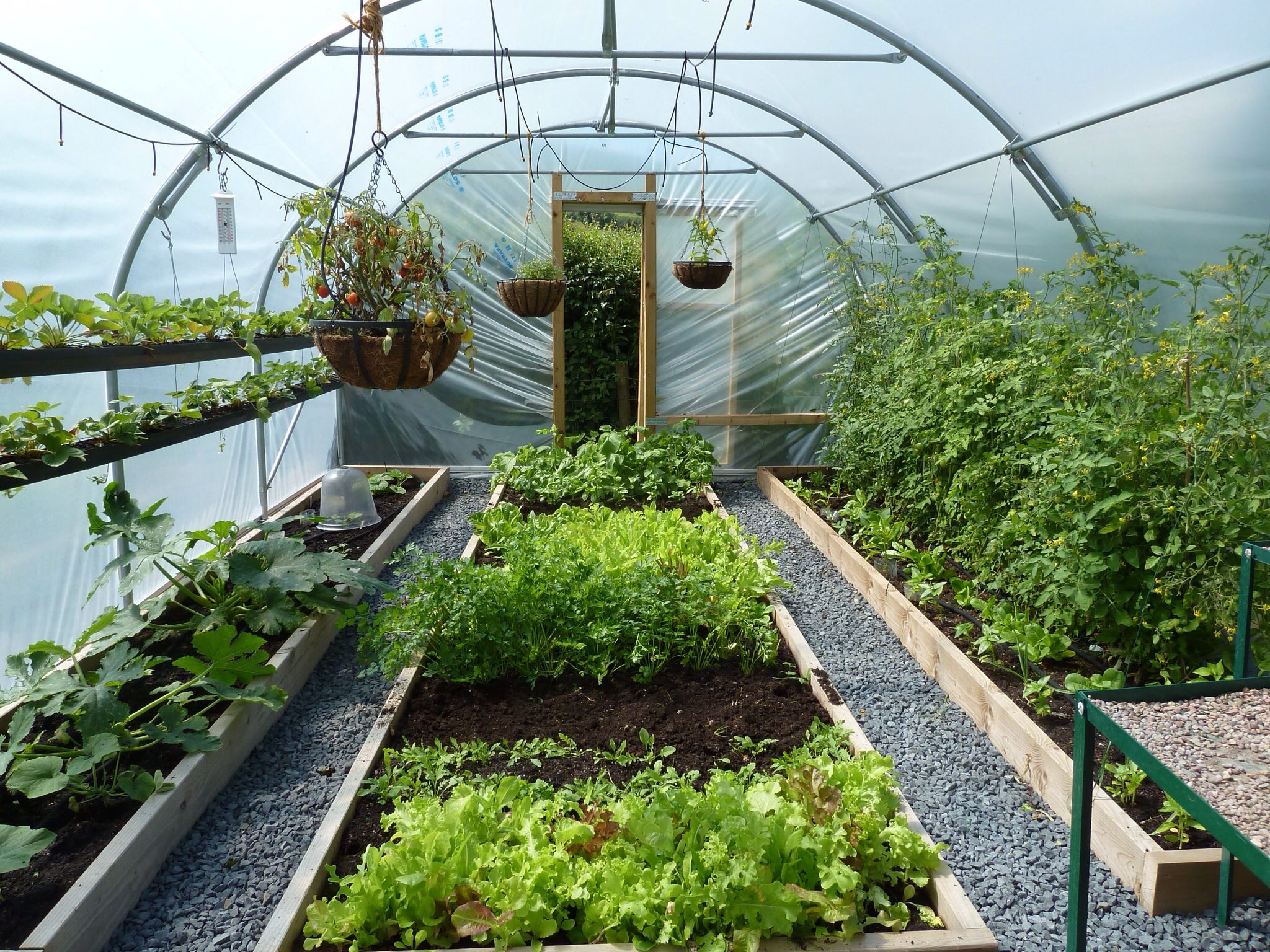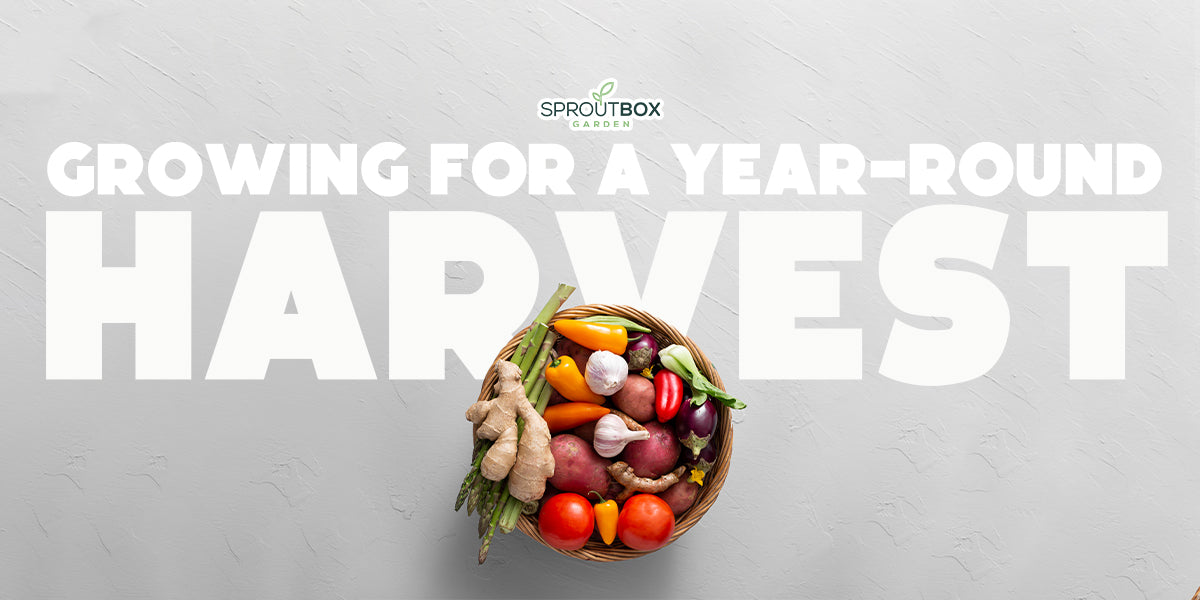Grow Veggies Year-Round: Greenhouse Guide

Are you tired of waiting for the perfect weather to enjoy fresh, homegrown vegetables? Imagine having a year-round harvest, regardless of the season. With a greenhouse, you can turn this dream into a reality. Let's dive into the world of greenhouse vegetable gardening and explore how to grow vegetables in a greenhouse year-round.
Why Choose Greenhouse Gardening?
Greenhouse gardening is like giving your plants a luxurious, climate-controlled vacation home. It protects them from extreme weather conditions, pests, and diseases. Plus, it allows you to extend your growing season, providing you with fresh produce even in the dead of winter.
Setting Up Your Greenhouse
Before you start planting, you need to set up your greenhouse. Here are some key factors to consider:
Location, Location, Location
Just like in real estate, location is crucial for your greenhouse. Choose a spot that gets maximum sunlight, especially in the winter. A south-facing location is usually ideal. Also, ensure the area is sheltered from strong winds and has good drainage.
Size Matters
Consider the size of your greenhouse. It depends on the space you have and the number of plants you want to grow. Remember, a larger greenhouse will give you more room for a diverse range of vegetables.
Heating and Cooling
To grow vegetables in a greenhouse year-round, you'll need to maintain a consistent temperature. Install heaters for the winter and ventilation systems for the summer. You can also use shade cloths to protect your plants from intense heat.
What to Grow in Your Greenhouse
One of the joys of greenhouse gardening is the variety of vegetables you can grow. Here are some suggestions for each season:
Winter Greenhouse Stars
Cold-hardy vegetables thrive in a winter greenhouse. Consider planting:
- Leafy greens like spinach, kale, and lettuce
- Root vegetables such as carrots, beets, and radishes
- Cruciferous vegetables like broccoli, cauliflower, and cabbage
Spring and Summer Bounty
When the days get longer and warmer, your greenhouse can overflow with:
- Tomatoes, peppers, and eggplants
- Cucumbers, zucchini, and squash
- Herbs like basil, cilantro, and dill
Fall Harvest
As the days start to cool down, plant vegetables that can tolerate lower temperatures:
- Green onions, leeks, and shallots
- Swiss chard, collard greens, and arugula
- Turnips, parsnips, and rutabagas
Seasonal Planting: A Year-Round Strategy
To ensure a continuous supply of fresh vegetables, practice succession planting. This involves planting a new crop as soon as the previous one is harvested. For example, follow your spring tomatoes with a fall crop of spinach.

Maintaining Your Greenhouse
Regular maintenance is key to successful year-round greenhouse vegetable gardening. Here are some tips:
Water Wisely
Greenhouse plants require consistent watering. Install a drip irrigation system to ensure your plants get the water they need without overwatering.
Fertilize Regularly
Since greenhouse plants grow in a controlled environment, they rely on you for nutrients. Use a balanced, water-soluble fertilizer to keep your plants healthy.
Pest and Disease Control
Even in a greenhouse, pests and diseases can be a problem. Inspect your plants regularly and use organic or chemical controls as needed. Proper ventilation and spacing can also help prevent issues.
Troubleshooting Common Greenhouse Problems
Even with the best care, you might encounter some issues. Here are some common problems and solutions:
- Too Hot or Too Cold: Ensure your heating and cooling systems are working properly. Use a thermometer to monitor temperature.
- Poor Plant Growth: Check your soil pH and nutrient levels. Make sure your plants are getting enough light and water.
- Pests and Diseases: Quarantine new plants and use sterile potting mix to prevent introducing pests and diseases.
Embracing the Year-Round Harvest
Growing vegetables in a greenhouse year-round is not just about having fresh produce; it's about the joy of gardening, the satisfaction of self-sufficiency, and the connection to nature. So, are you ready to embrace the year-round harvest?

Conclusion
Greenhouse vegetable gardening opens up a world of possibilities. With the right setup, care, and planting strategy, you can enjoy a year-round harvest of fresh, delicious vegetables. So, why wait? Start your greenhouse gardening adventure today!
FAQs
What is the best greenhouse temperature for growing vegetables? The ideal greenhouse temperature varies depending on the plants, but generally, it should be between 70-85°F (21-29°C) during the day and 60-70°F (15-21°C) at night.
Can I grow fruits in my greenhouse? Yes, you can grow fruits like strawberries, grapes, and even dwarf fruit trees in your greenhouse. Just ensure they have the right conditions.
How often should I water my greenhouse plants? Watering frequency depends on the plant type, temperature, and humidity. A good rule of thumb is to water when the top inch of soil feels dry.
What is the best type of greenhouse for year-round growing? A heated, insulated greenhouse is best for year-round growing, especially in colder climates. It can maintain a consistent temperature and protect plants from frost.
How can I control pests in my greenhouse naturally? You can use beneficial insects like ladybugs and lacewings, install sticky traps, or use natural pesticides like neem oil to control pests naturally.
External Resources:
0 Response to "Grow Veggies Year-Round: Greenhouse Guide"
Post a Comment